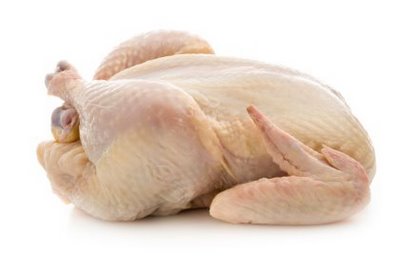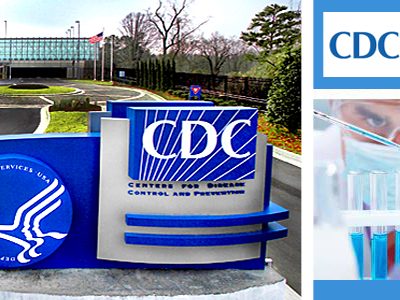A Second Helping of Chicken and Salmonella
Food safety levels leave plenty of room at the table for salmonella
Last week on Legal Planet, Dan Farber posted about the surprising regulatory inattention paid to food safety, using as example the latest chicken salmonella outbreaks in the U.S. (see “Playing Chicken with Food Safety,” 10/20/13). This post picks up from there, to mention that while the recent incidents highlight the chicken-salmonella problem, they don’t quite capture it. The truth is, if you eat chicken regularly, you’re probably eating some salmonella, too.

The presence of salmonella in chicken isn’t characterized so much by a series of outbreaks as by a persistent presence. In recent history, it’s been a pretty big presence. In 2010, Consumer Reports found that 14 percent of store-bought broiler chickens contained salmonella bacteria (62 percent contained campylobacter, the other leading source of bacterial food poisoning).
More recent USDA measurements are considerably lower. In the past year, inspections by the Department’s Food Safety and Inspection Service (FSIS) show salmonella contamination in about 4 percent of broiler carcasses, and the most recent quarterly report shows average contamination rates of only 2.6 percent. Take these figures with a grain of salt, though, and maybe some extra salmonella; around the time Consumer Reports released its 14 percent contamination finding, FSIS plant inspections reported the bacteria in only 7 percent of broilers.
USDA guidelines presently allow 7.5 percent of broiler chicken carcasses to contain salmonella, down from a 20 percent standard in place until mid-2011. The 7.5 percent standard is an improvement, but still pretty icky. As a regulatory line, it’s also a bit misleading. First off, 7.5 percent doesn’t really mean 7.5 percent. In order to reduce false positives, USDA finds compliance if a plant tests positive for 5 or fewer samples out of 51; thus, the effective standard is more like 10 percent, and a little higher considering it takes 6 or more positives to actually fail.
Second, a failing grade doesn’t mean closure, or really much at all—if a plant fails, FSIS posts the plant’s name on the web (see most recent list) and schedules the plant for more frequent testing. And finally, the 7.5 percent standard is just for whole chicken carcasses—the performance standard for ground chicken is 44.6 percent. The latest FSIS report found salmonella in 15 percent of ground chicken samples.
The CDC estimates 1.2 million human salmonella infections in the U.S. each year—not all from chicken, of course, but it factors. According to the National Chicken Council, the average American eats around 80 pounds of broiler chicken per year, roughly the meat of 20 birds. So, if you’re an average American eating the average chickens, you may well have been exposed to salmonella this year, especially if you discount for vegetarians and the like.
Coming back to the present salmonella scare, FSIS found the bacteria in 38 out of 150 samples at the Foster Farms plant blamed for many of the latest salmonella hospitalizations. With the failing grade set at 6 out of 51, this is bad, but not outlandish, at least by the government’s standards—it’s a little over twice the legal limit, and barely over the pre-2011 standard. Under modern farm conditions, including close confinement that increases salmonella susceptibility and transmission, and slaughter techniques that lead to meat contamination from colon spillage, USDA expects you’ll get a bit of salmonella. So a little more might not automatically trigger a recall.
Caveat emptor.







Reader Comments